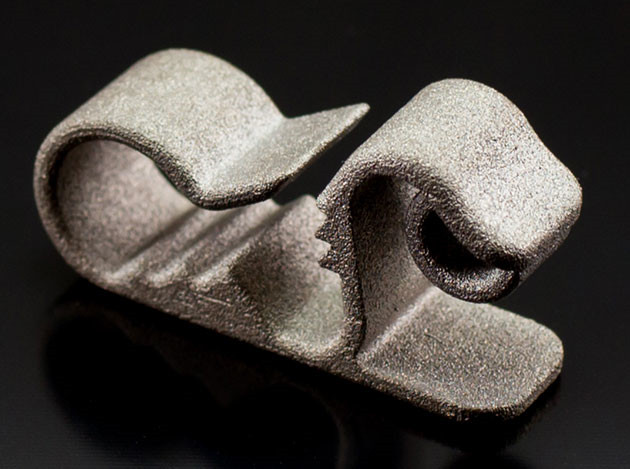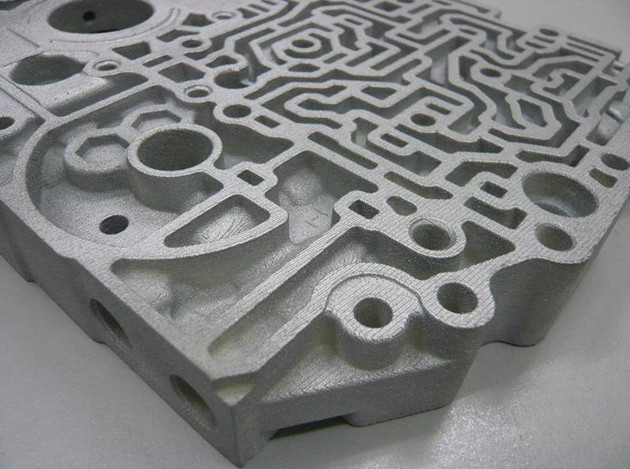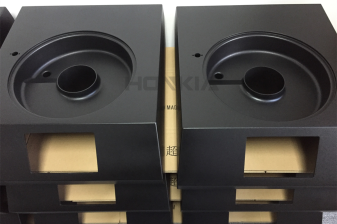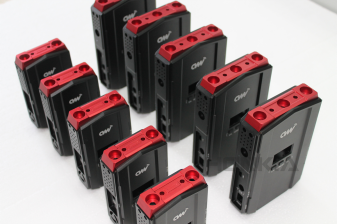Latest News
- 3D Printing Means the Third Industrial Revolution?Source: Honkia Published: 2016-01-19 Views: 3438
-
As one of the most popular additive manufacturing (AM) technologies on the world today and might be to the long future time, 3D Printing is the hot topic among media and people that have been discussing for where it would go and how it would impact the conventional manufacturing industry and the future business structure.
With the media wide propaganda of 3D printed car, house, mobile phone, end products and more others, one idea of 3D Printing technologies motivating the Third Industrial Revolution is or will be coming soon, it attracts strong and deep concern from organizations of different industrial sectors, governments and individuals, some of them put growing investment to research and develop this technology.



Though AM technologies have achieved a fast development and advancement with the introduction of new more technologies, materials and applications over the past more than two decades, right now it is still too early to say 3D Printing could tremendously impact the conventional manufacturing methods as some challenges of this technology for mass production still need to be considered. Here are some ideas from the author to share with the readers for reference:
1. Material cost and option. For metal-based 3D Printing technologies, their material cost is normally hundreds times and even more higher than its equivalent raw material, and the current metal materials are limited to aluminum, magnesium, titanium and stainless steel. For plastic-based 3D Printing technologies such as SLA, its material cost is around 150 times higher than its similar engineering plastic such as ABS, and material options are similar ABS, PC and PP.
4. Equipment price and maintenance cost. For the professional-grade industrial 3D printers, they sell for more than $5,000.00, and should afford necessary time and cost to take good care of the printers even when they are unused.
According to the above points, we could see that 3D Printing is still on the stage of prototyping and modeling for product development though some companies have applied this technology for the direct production of end products used for aerospace and health care. Maybe it is more proper to say that 3D printing diversifies the manufacturing activities and has created a new manufacturing industry that could be called RAPID CUSTOM MANUFACTURING.



 Reaction Injection Molded Enclosure Parts
Reaction Injection Molded Enclosure Parts Rapid Low Volume Aluminum Prototypes
Rapid Low Volume Aluminum Prototypes